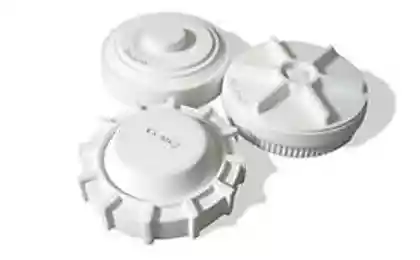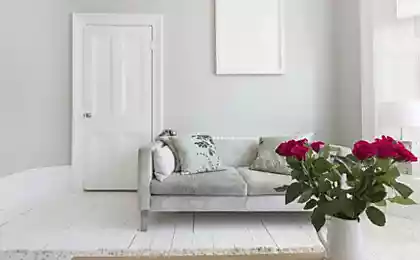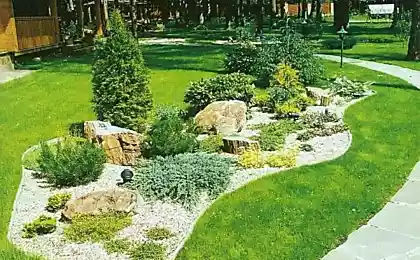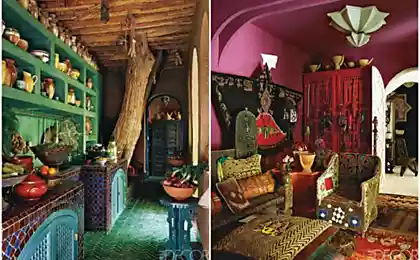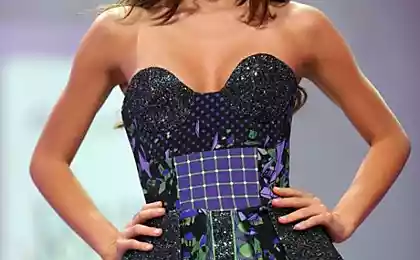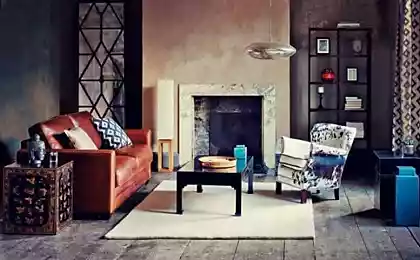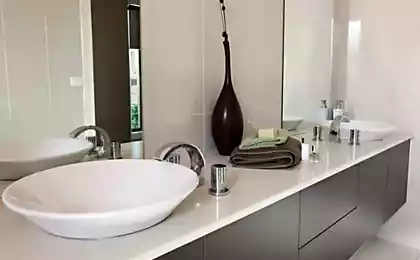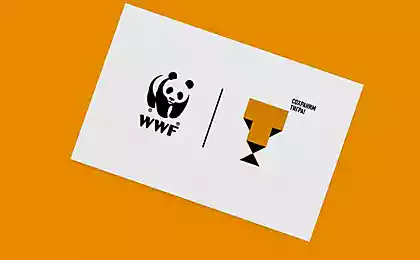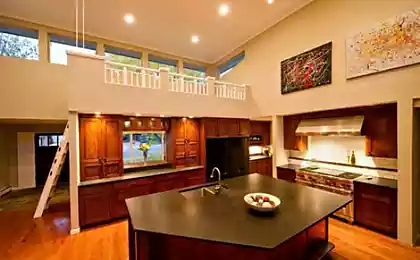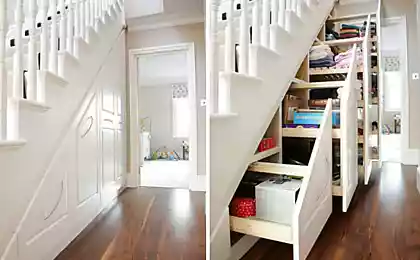303
How to create an interior in an eco-style: details and practical examples
About the design of an apartment in eco-style with practical tips today will tell us Pavel GerasimovInterior designer and co-director of Geometrium Design Workshop.
So, first of all, let’s answer the question: what is eco-style in the interior? In the modern sense, it is a free bright interior, airy and with a lot of space, as close as possible to nature and in harmony with the environment.
This does not mean that you need to cover the walls with bamboo and indoor plants! Eco-style in the interior allows you to be closer to nature and take a break from the hustle and bustle, which is why it is so popular lately, especially in megacities.
Next, I will talk about the details of this style and practical examples of its application in the interior.
Planning
Comfortable and cozy atmosphere is the basis of eco-style. It relaxes, not the details in the interior. Therefore, a well-thought-out ergonomic layout is extremely important. It should be spacious and free, with a lot of light, and every detail in such an interior is very important and has its function.
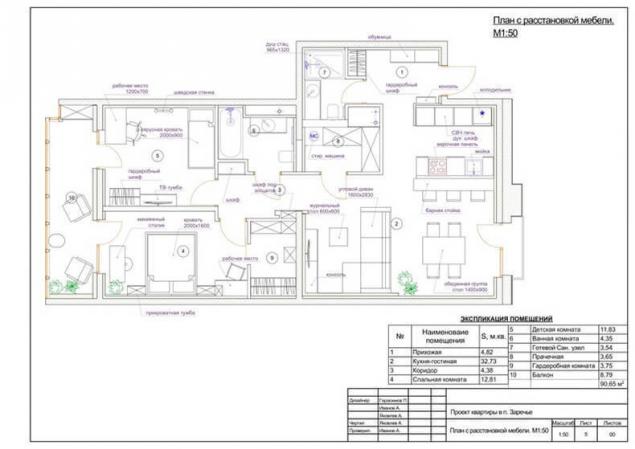
Finishings
The choice of finishing materials can solve a lot. The most important thing is to keep the overall bright range in the interior, expand the visual space and not overdo it. Materials, of course, should be natural, preferably with a chaotic pattern and texture of the material created by nature itself - a stone with veins, a board with knots.
The floor is usually made of massive, engineered or parquet board combined with natural stone. Walls are usually neutral light, as a general background for accenting other materials, or sometimes using floor materials. But in everything you need to know the measure.

Color solution
Color in the interior is no less important: usually its combinations have neutral or natural shades, but also sometimes there are bright colors. In this case, natural pigments of painting or already textured materials are used.
You need to think about what kind of atmosphere you want to create for yourself – a snowy winter, a golden autumn or an ocean coast – and thus you can determine the right combination of colors and materials.
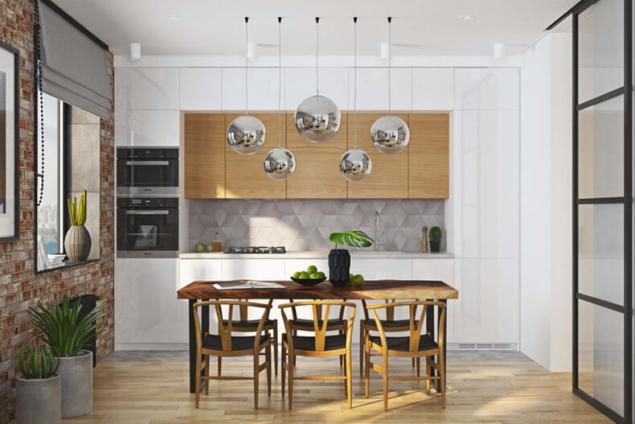
Furniture
Furniture in the eco-interior should be either its accent, or neutral and invisible. In the first case, your imagination can manifest itself entirely here, as long as the piece of furniture was created by nature, as, for example, cut down trees on a countertop, foam or board with knots. The texture of the material should be attractive and as picturesque as possible, then they will become accents with the rest of the neutral background. But here it is also important not to overload and not overload the interior.
In case of stealth of furniture, you can choose a simple shape of the object or a neutral color upholstery, which could serve as a background for decor items (for example, decorative pillows on a dark sofa).
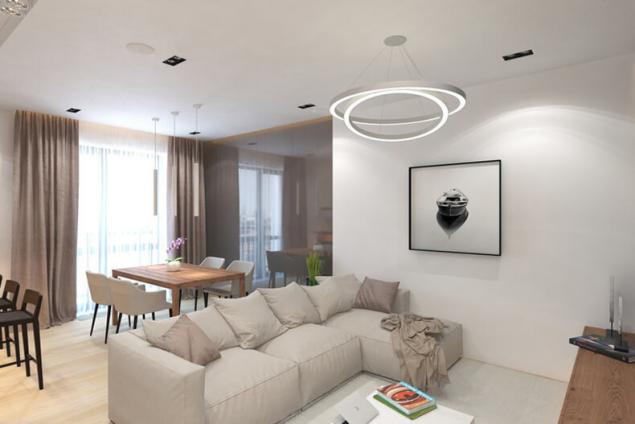
Textiles and decor
Textiles and decor should also be natural, but there shouldn’t be many.
Colors of fabrics - only neutral or not bright, painted with natural pigments. Decor should be thought out in accordance with the chosen atmosphere: for example, dry branches for the atmosphere of winter, grass and plants for summer, seashells and starfish for marine themes.
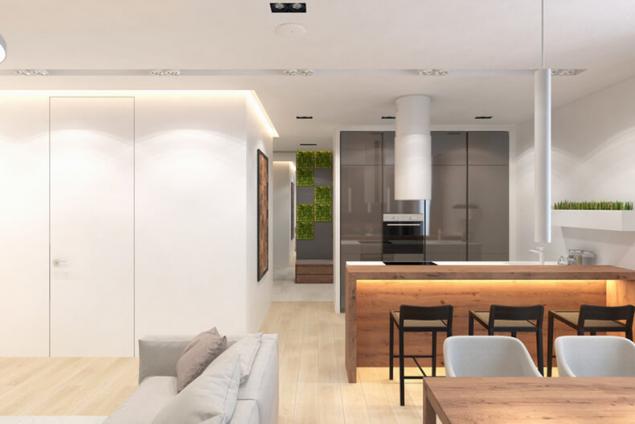
Environmental friendliness
An important point is the environmental friendliness of finishing materials and furniture. Eco-style includes non-toxicity of materials, as well as varnishes, paints, plaster and cabinet furniture. It is worth paying attention to environmental labels (E1, E2, E3), where E1 is completely safe environmentally friendly materials, and E3 is materials not recommended for use in residential areas.
Usually, manufacturers of eco-furniture and materials have certificates confirming the environmental friendliness of their products, which can be requested when buying.
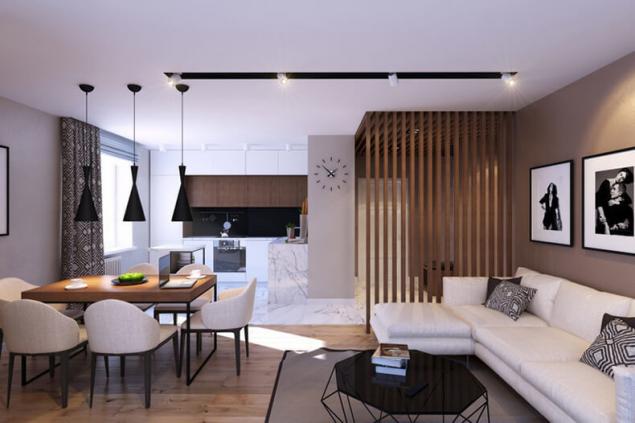
As a result, we note that a well-thought-out layout and a bright liberated space are the basis of your eco-interior. We also exclude unnecessary details, add natural materials as an accent, and in the finish we combine simple surfaces together with texture and texture objects on a general light background. Color, like decor, should correspond to the desired atmosphere, textiles should be natural or semi-natural, and furniture neutral or centrally accented. And finally, the environmental friendliness of rough and finishing materials.
Thus, you will be able to achieve the desired atmosphere for a full rest and harmony in the house.
P.S. And remember, just changing our consumption – together we change the world!
Source: /users/Geometrium
So, first of all, let’s answer the question: what is eco-style in the interior? In the modern sense, it is a free bright interior, airy and with a lot of space, as close as possible to nature and in harmony with the environment.
This does not mean that you need to cover the walls with bamboo and indoor plants! Eco-style in the interior allows you to be closer to nature and take a break from the hustle and bustle, which is why it is so popular lately, especially in megacities.
Next, I will talk about the details of this style and practical examples of its application in the interior.
Planning
Comfortable and cozy atmosphere is the basis of eco-style. It relaxes, not the details in the interior. Therefore, a well-thought-out ergonomic layout is extremely important. It should be spacious and free, with a lot of light, and every detail in such an interior is very important and has its function.

Finishings
The choice of finishing materials can solve a lot. The most important thing is to keep the overall bright range in the interior, expand the visual space and not overdo it. Materials, of course, should be natural, preferably with a chaotic pattern and texture of the material created by nature itself - a stone with veins, a board with knots.
The floor is usually made of massive, engineered or parquet board combined with natural stone. Walls are usually neutral light, as a general background for accenting other materials, or sometimes using floor materials. But in everything you need to know the measure.

Color solution
Color in the interior is no less important: usually its combinations have neutral or natural shades, but also sometimes there are bright colors. In this case, natural pigments of painting or already textured materials are used.
You need to think about what kind of atmosphere you want to create for yourself – a snowy winter, a golden autumn or an ocean coast – and thus you can determine the right combination of colors and materials.

Furniture
Furniture in the eco-interior should be either its accent, or neutral and invisible. In the first case, your imagination can manifest itself entirely here, as long as the piece of furniture was created by nature, as, for example, cut down trees on a countertop, foam or board with knots. The texture of the material should be attractive and as picturesque as possible, then they will become accents with the rest of the neutral background. But here it is also important not to overload and not overload the interior.
In case of stealth of furniture, you can choose a simple shape of the object or a neutral color upholstery, which could serve as a background for decor items (for example, decorative pillows on a dark sofa).

Textiles and decor
Textiles and decor should also be natural, but there shouldn’t be many.
Colors of fabrics - only neutral or not bright, painted with natural pigments. Decor should be thought out in accordance with the chosen atmosphere: for example, dry branches for the atmosphere of winter, grass and plants for summer, seashells and starfish for marine themes.

Environmental friendliness
An important point is the environmental friendliness of finishing materials and furniture. Eco-style includes non-toxicity of materials, as well as varnishes, paints, plaster and cabinet furniture. It is worth paying attention to environmental labels (E1, E2, E3), where E1 is completely safe environmentally friendly materials, and E3 is materials not recommended for use in residential areas.
Usually, manufacturers of eco-furniture and materials have certificates confirming the environmental friendliness of their products, which can be requested when buying.

As a result, we note that a well-thought-out layout and a bright liberated space are the basis of your eco-interior. We also exclude unnecessary details, add natural materials as an accent, and in the finish we combine simple surfaces together with texture and texture objects on a general light background. Color, like decor, should correspond to the desired atmosphere, textiles should be natural or semi-natural, and furniture neutral or centrally accented. And finally, the environmental friendliness of rough and finishing materials.
Thus, you will be able to achieve the desired atmosphere for a full rest and harmony in the house.
P.S. And remember, just changing our consumption – together we change the world!
Source: /users/Geometrium
